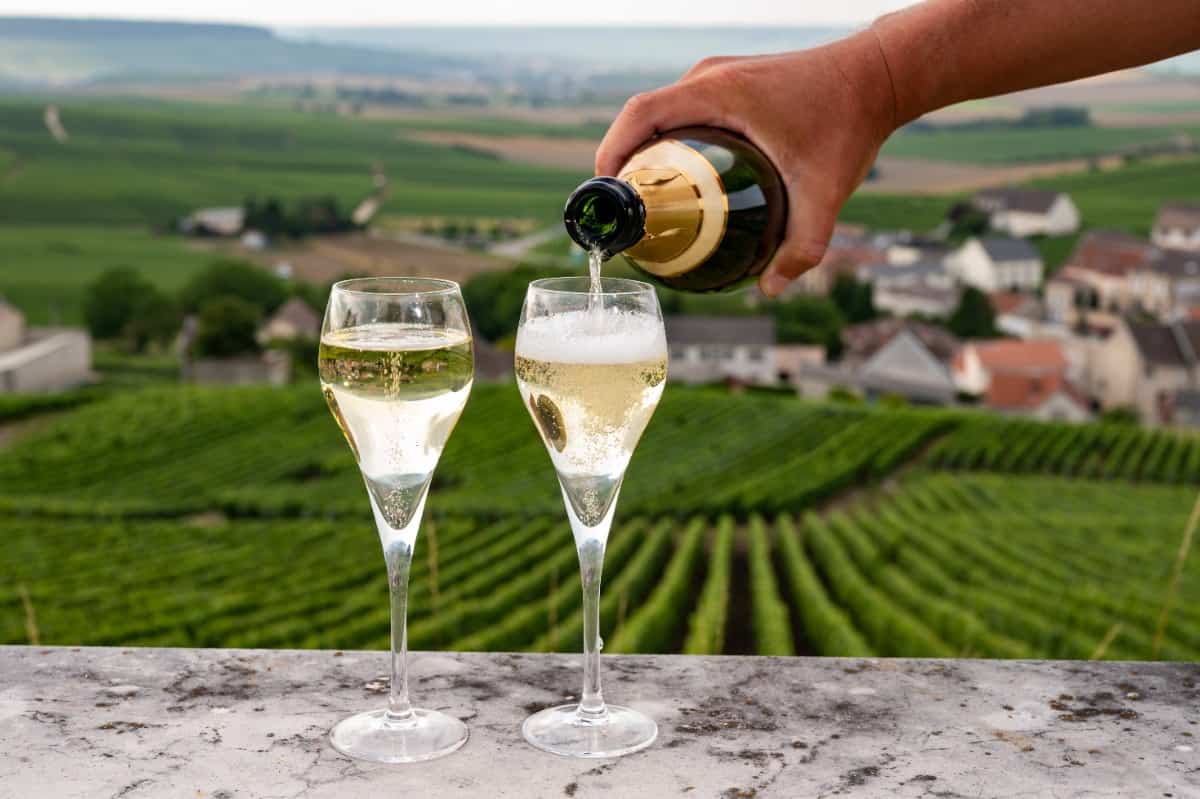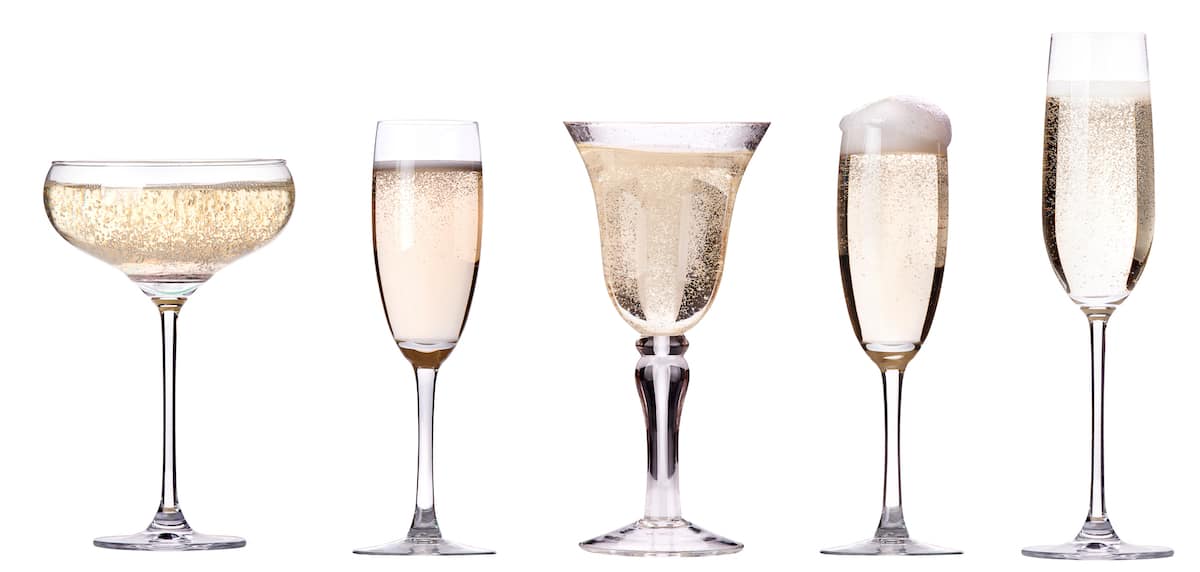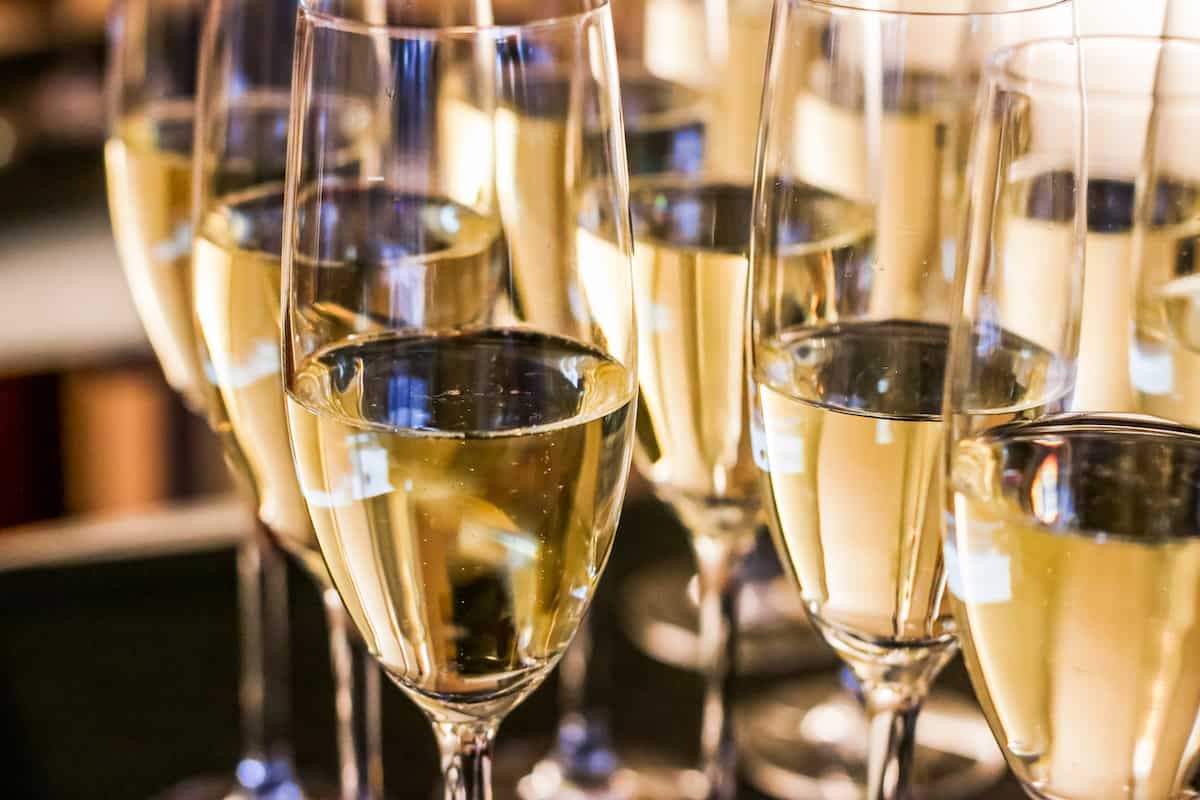
When you’re scrunched up on the couch with a beautiful book, a nice glass of red wine is ideal—but whenever you’re rejoicing on a special occasion, toast with champagne.
This sparkling beverage is associated with elegance and good times. Champagne is not only delicious but also visually appealing, making it ideal for serving at a formal event. It will appeal to both red and white wine drinkers.
But, once you lift your glass during this festive period, let us tell you about this delectable drink and its various varieties. This knowledge will come in handy as you impress your guests. You might just be dubbed a “wine snob.”
What grape is used to make champagne?
As wine connoisseurs will tell you, true champagne should emerge from the French region of champagne. The three factors for true champagne were also, of course, that the beverage would be from champagne in northern France, that it has been made from the three main grapes, and that it’s made using the conventional process, also known as the méthode traditionnelle, méthode Classique, or méthode Champenoise.
Conventional Champagne Wine Grapes
- Chardonnay: White grape with a delicious taste that is slightly alkaline and punchy.
- Pinot Noir: Has a broadening flavor profile and fragrances, but still is generally pungent and powerful.
- Pinot Meunier: This red grape contributes body and richness to champagne.
- Pinot Blanc: The white version of Pinot Noir, with a floral and acidic taste.
- Pinot Gris: Pink-skinned, fruity variation of Pinot Noir.
- Petit Meslier: Acidified sibling of Chardonnay.
- Arbane: The strangest of all. Rare light yellow grape with high acidity.

How is champagne produced?
The méthode Champenoise is sophisticated, which explains why a good bottle of sparkling wine costs so much. Before proceeding with a second simple distillation, the grapes are extracted into still wine. The liquid will become bubbly in the second stage since winemakers add yeast and sweetener to the wine. Champagne is aged for at least 15 months, and wineries lie the bottle down to keep the yeast active.
Finally, yeast is skimmed off the top of the drink, and more sugar and high-dose liqueur are added to finish the process.
What are the most well-known champagne houses?
Despite the existence of over 250 champagne dwellings, hardly a few champagne brand names are well-known around the world.
Ruinart from the best Maisons.
Since its founding in 1729, the world’s first champagne mansion has served as a signifier of French art de Vivre. Maison Ruinart has been passing down time-honored savoir-faire and via centuries for nearly 300 years, promoting community artistry and highlighting artistic talent while staying steadfastly devoted to ongoing innovation.

6 Types of Champagne
1. Champagne Brut
Brut champagne is the most popular, accounting for 78.5% of exports. Brut, which means “dry,” is a French sparkling wine with no more than 12 grams of sugar per liter.
The most common type of champagne is Brut non-millésimé. This is a non-vintage beverage typically made up of wines from different years and crus.
Cru is a particular village or segment of land, which ties in with the French emphasis on terroir or land in winemaking.
2. Champagne Rose

Rosé champagne is considered one of the most famous French champagnes in the United States and is becoming increasingly popular. It may be made by combining white wine with a small amount of still red champagne wine or by mashing red grapes in their skins once fermented.
Rose champagne is soft pink and rich, fruity flavoring with berry notes. Pink champagne, also known colloquially as Brut champagne, can be antique or non-vintage. Rose champagne bottles are trendy in the US, Austria, Russia, and Nigeria.
We enjoy champagne Laurent-Perrier Cuvée Rosé, the world’s largest and best-known rosé champagne. This graceful champagne has notations of cranberries, berries, and strawberries and is formed from 100% grapes from Pinot Noir that used a proprietary emulsification technique.
3. Exceptionally Dry
Extra Brut champagnes with 12–17 sugar grams per liter are becoming more popular. This is due in part to health concerns and in part to personal preference.
Even though champagne has a strong acidity level, people are becoming more familiar with sugar-free varieties. These especially dry champagnes are typical of high quality. It’s impossible to conceal under distinctly average champagne with low sugar content.
Champagnes, which are entirely sugar-free, are available on the market. However, they are infrequent. Especially dry champagnes with 0-6 sugar grams per liter are becoming more popular. Wines with low dosages are ubiquitous in Japan, South Korea, and China.
4. Vintage and non-vintage
Champagne wine can be either vintage or non-vintage. Vintage champagnes can be made from three wine grapes: Chardonnay, Pinot Meunier, or Pinot Noir.
Vintage champagne must age in the bottle for at least three years. Meanwhile, non-vintage champagne must be aged for at least 15 months.
5. Blanc de Noirs

Blanc de Noirs sparkling wines are tough to come by because they are made entirely of red grapes. Although you may anticipate them to be red, these sparkling wines are white.
The red grapes are gently pressed to prevent the pigment from being extracted from the skins. As a result, the juice is nearly colorless.
Blanc de Noirs champagne is formed from the grapes Pinot Noir and Pinot Meunier. Most of these champagnes are entirely made from Pinot Noir grapes. This champagne style has a dense, rich flavor.
6. Cuvée Prestige
Nothing tastes better than a Prestige Cuvee when taking your sense of taste on a spellbinding ride. Other kinds of champagne cannot compete with the difficulty and concentration of these highly specialized wines.
A prestige cuvée is “the flagship wine of the sparkling winemakers.” Some might call it a high price vintage champagne. They are formed from a renowned blend of grapes from the best vineyards, resulting in a memorable experience suitable for special occasions.
The more time a wine spends in oak, the more complex it becomes. champagne producers frequently use fermentation from these barrels or vats to create a prestige Cuvee. The flavor of wine can vary greatly depending on the winemaker’s iconic touch on the finished product.
They typically exhibit a more excellent quality due to this procedure than those who do not go through this aging tradition—even though it is more costly! These wines are so relatively uncommon since they are made in such a precise and delicate manner.
Conclusion
Although the presence of champagne does not vary significantly, many multiple kinds are available to be tried. So, the next time you plan a party, consider the different types of champagne you can serve to please your guests.
Was this page helpful?
Our commitment to delivering trustworthy and engaging content is at the heart of what we do. Each fact on our site is contributed by real users like you, bringing a wealth of diverse insights and information. To ensure the highest standards of accuracy and reliability, our dedicated editors meticulously review each submission. This process guarantees that the facts we share are not only fascinating but also credible. Trust in our commitment to quality and authenticity as you explore and learn with us.
